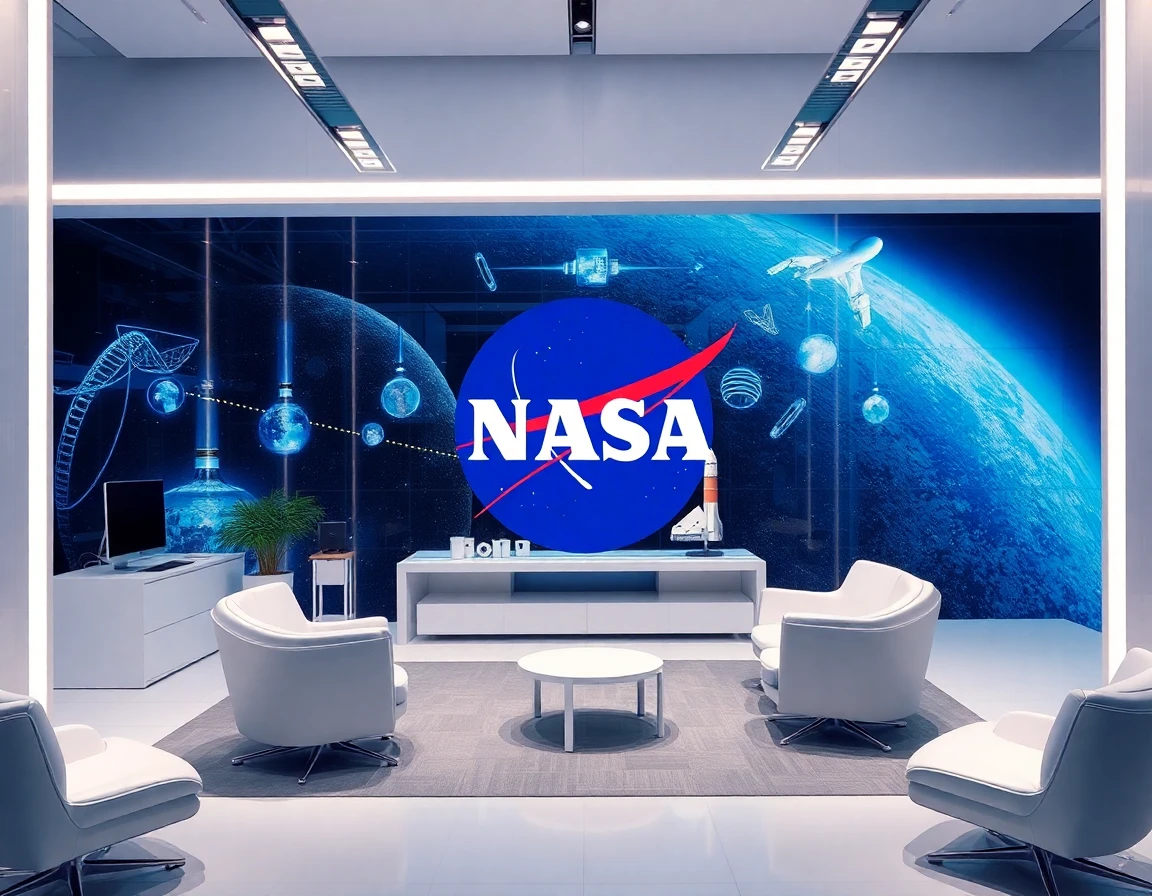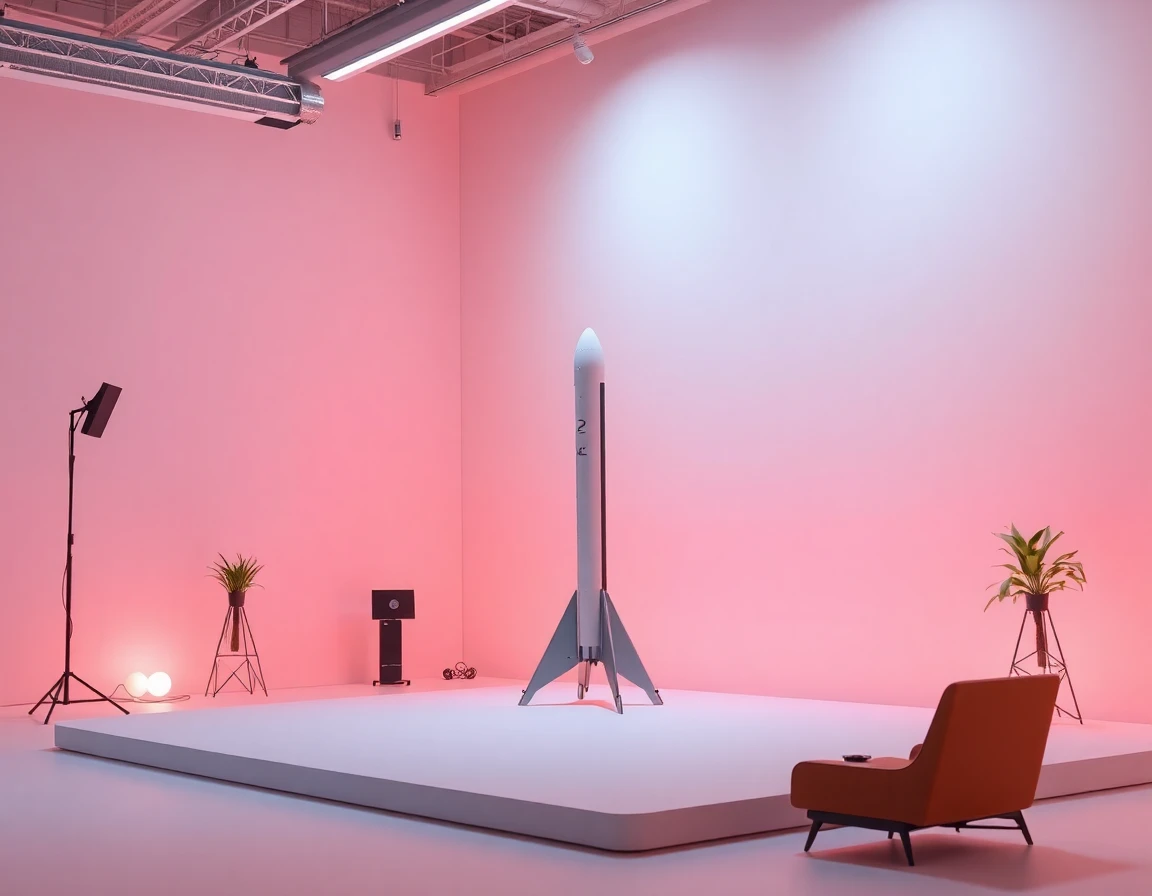As the countdown begins to the International Space Station’s (ISS) silver jubilee, the aerospace community reflects on a quarter-century of groundbreaking research and unparalleled technological advancements. Launched on November 20, 1998, the ISS has been a beacon of international collaboration and scientific discovery, contributing significantly to our understanding of life in space.
A Milestone in Space Exploration
The ISS has stood as a testament to human ingenuity and cooperation, housing over 240 astronauts from 19 countries and conducting more than 3,000 experiments in fields ranging from biology to materials science. As we approach this significant milestone, the spotlight is on the technological innovations that have made the ISS a vital platform for scientific research.
“The ISS has played a crucial role in advancing our capabilities in space exploration and understanding the effects of microgravity on various biological processes,” says Dr. Jane Smith, a lead researcher at NASA’s Johnson Space Center. “As we celebrate 25 years, it’s essential to acknowledge the technologies that support our activities in orbit.”
Technological Innovations Powering the ISS
Among the many advancements, the integration of high-precision inertial navigation systems has been pivotal for the ISS. These systems provide accurate positioning and orientation data crucial for docking maneuvers and orbital adjustments. The advanced technology ensures that the ISS remains on its intended trajectory, facilitating safe operations for crewed missions.
The ISS’s thermal management systems have also evolved significantly. These systems are essential in regulating the temperature of onboard equipment and preventing overheating, ensuring optimal performance of critical instruments. As the station continues to age, these technologies become increasingly vital.
Silver Research: Pioneering Future Technologies
In preparation for the silver jubilee, the ISS National Laboratory has partnered with Silver Research to explore the next generation of technologies that could enhance the ISS’s operational capabilities. This collaboration aims to investigate the effects of microgravity on advanced materials, with a focus on developing lightweight and durable components that could be utilized in future space missions.
“Research conducted on the ISS has the potential to revolutionize materials science, impacting everything from aerospace to biomedical applications on Earth,” explains Dr. Tom Johnson, a materials scientist involved in the Silver Research initiative. “We are excited about the possibilities that lie ahead as we leverage the unique environment of the ISS.”
Future Developments and Challenges Ahead
Looking to the future, the ISS will continue to play a vital role in space exploration, especially as humanity prepares for missions to Mars and beyond. However, the aging infrastructure presents challenges that need to be addressed. Continuous upgrades and maintenance of systems, including the aforementioned high-precision inertial navigation systems, are required to ensure the station’s longevity and reliability.
As the countdown progresses, discussions are also underway regarding the future of the ISS after 2024. Several options are being considered, including transitioning to commercial space platforms, which could open new avenues for scientific research and international collaboration.
The Impact of the ISS on Global Science
The ISS has not only advanced science but has also fostered international relationships. Countries across the globe have collaborated on research projects, sharing knowledge and resources in an unprecedented manner. “The collaborative nature of the ISS demonstrates how scientific exploration transcends borders, and this spirit of cooperation is vital as we tackle global challenges,” states Dr. Maria Gonzalez, an astrophysicist at ESA.
Conclusion: Celebrating a Legacy of Innovation
As we embark on the countdown to the ISS’s silver jubilee, it is imperative to recognize and celebrate the achievements made possible through this remarkable platform. From pioneering research to technological advancements, the ISS has set a foundation for future exploration that will inspire generations to come. The silver jubilee is not just a celebration of the past; it is a launchpad for future endeavors in space science and technology.
As we reflect on the journey so far, the ISS stands as a symbol of what humanity can achieve when we work together for a common goal—exploring the final frontier.
For more on the technologies that enable the ISS’s groundbreaking work, explore high-precision inertial navigation systems and their role in modern aerospace applications.



